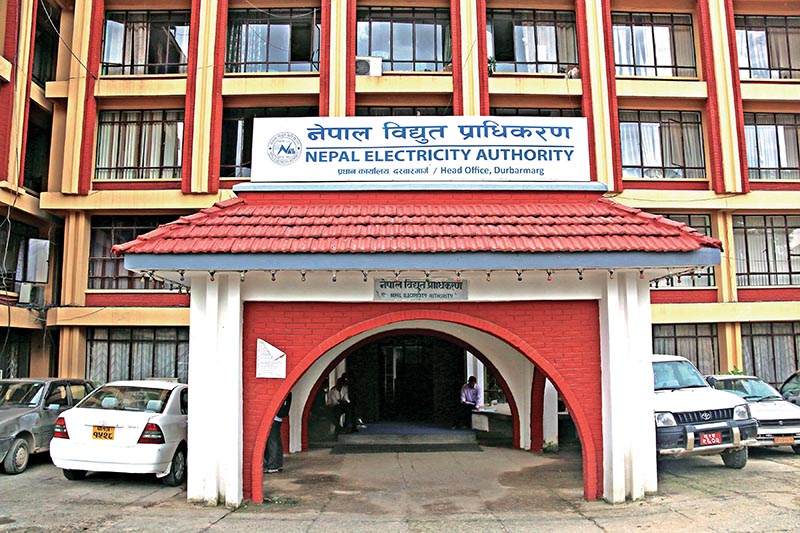NEA receives survey licence of 1,061 MW Upper Arun HEP
Kathmandu, October 23
The Ministry of Energy, Water Resources and Irrigation has issued a survey licence to Nepal Electricity Authority (NEA) for 1,061-megawatt Upper Arun Hydroelectric Project (HEP).
This licence has been issued seven years after the government decided to develop the peaking run-of-the-river project by mobilising its own resources. With this decision, Upper Arun Hydro Electric Ltd will now survey the project, the detailed study of which is being undertaken with a concessional loan from the World Bank. The government has already said that the members of the public will also be allowed to invest in the mega project.
Kulman Ghising, managing director of NEA, said that the project will receive utmost priority and it will be developed as a ‘game- changer’ in the country’s power sector. According to him, the project will be the biggest-ever undertaking by the NEA.
Moreover, the detailed engineering works and environmental impact assessment of the project are ongoing and the consultant firm is preparing the tender documents for construction of the mega project.
As per the earlier agreement, World Bank has committed to invest in the project. The European Investment Bank, along with the Employee’s Provident Fund and the Citizen Investment Trust, have also agreed to provide financing for the project. Other donor agencies have also expressed interest to invest in the project.
The NEA plans to complete the project in seven years. NEA has said that the detailed project report and tender documents will be ready by March 2020 and the project will be completed by 2026.
As per initial survey, the project will be able to run in full capacity for six hours in dry season. NEA has said that the project cost is expected to reach around Rs 120 billion, excluding loan interest of project construction time of seven years.
As per Ghising, the project will manage 30 per cent of equity and remaining 70 per cent of investment through loan. After completion of the project, it will generate 4.47 billion units of electricity annually and 28 per cent of the electricity will be generated in the dry season.






